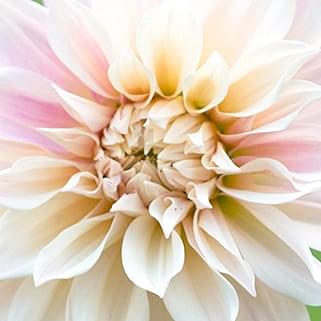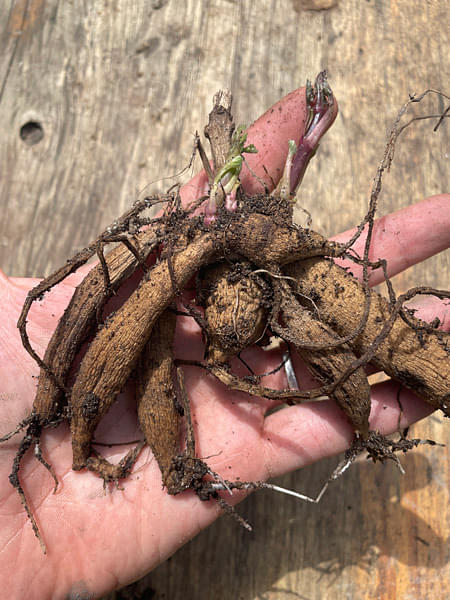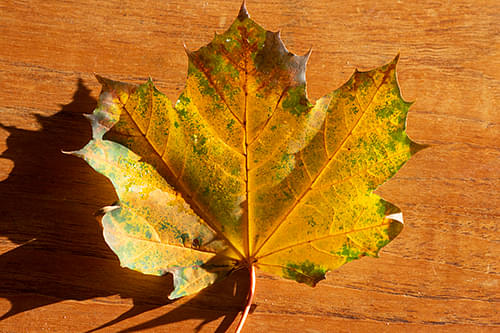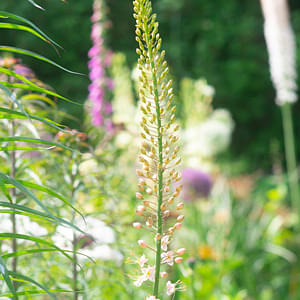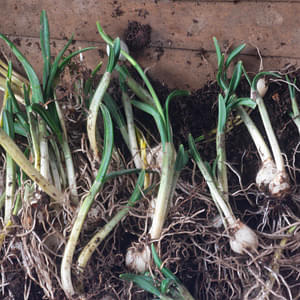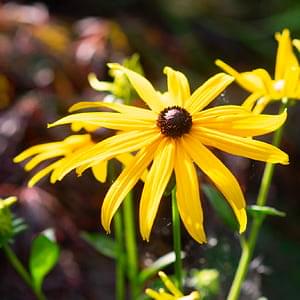All You Need to Know About Flower Bulbs
- Stephen Teeuw
- Gardening Tips
- 23 May 2023
-
15views
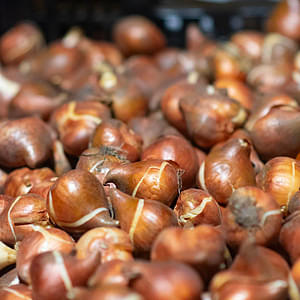
Flower Bulbs
A geophyte is a term for a plant that has an underground storage system. Plants can hold moisture and food during dormant periods where conditions are not suitable for growing.
This is exactly what a bulb does. And the term bulb is often used as a blanket term for many plants that grow in this way.
The success of a bulb is down to the way in which it can contain all it needs in a tough and compact organ. Some bulbs can even last several years in a dormant phase.
Many of the ‘bulbs’ we provide have different structures and methods of growing, storing and reproducing. Such as rhizomes, corms and tubers.
What is a bulb?
A great example of a ‘true bulb’ is a daffodil. It is made up of many layers. An onion is just an allium bulb and is constructed the same way. Each of these layers is a modified leaf and these leaves hold the nutrients for the bud.
All of these leaves stem from a basal plate, which is a compressed stem from which the roots also grow.
In the centre of these modified leaves is the flower bud and foliage that will eventually grow out of the bulb. This is what you see when it breaks through the soil.

What is a Rhizome?
Bearded iris, wood anemone or canna lilies are rhizomes. They are an underground stem with nodes. From the nodes shoots will grow to form flowers. Roots grow from out of the rhizome.

What is a Corm?
Crocus and gladioli are corms. It is an underground stem that grows buds from the top of the stem. It is a solid storage mass instead of the many layers of a bulb. New stems will grow on top of the old corm.

What is a Tuber?
Dahlias, begonias, ranunculus and anemones are all tubers. A tuber is a short stem with swollen storage of nutrients. Shoots will grow from ‘eyes’. These are small nodes similar to those of a rhizome.

How do bulbs reproduce?
All flowers will produce seeds. Given the right conditions the seeds will turn into bulbs after a number of years. However, a bulb has a back up and much more immediate way of reproducing. Once the storage of the old bulb has served the flower new bulbs will form from the the basal plate. These are fed by the foliage which is why it is important to let the foliage last as long as possible to help produce large and healthy new bulbs.
How long do bulbs last?
Some bulbs will reproduce by division and off-sets better than others. Depending on the conditions and environment some bulbs will exhaust themselves and only last a few seasons. Others will go from strength to strength and form clumps which will need lifting and dividing to give the new bulbs space.
It’s worth remembering that many bulbs we grow in Northern Europe are not native. Many Summer flowering bulbs come from tropical climates and cannot cope with our cold winters. It is often very helpful to think about where a bulb originates. This gives you a clue as to how to care for your bulbs. For example lilies are often found in the the wet mountains of Asia. They can tolerate very cold conditions. Amaryllis are from South America and respond well to constantly warm temperatures.
Most bulbs will only be 1 season old. Once the bulbs have been lifted from the fields the new bulbs are sorted into size so the biggest bulbs are either replanted or sold to the market.
Tulips often struggle to come up the following year but you can see our top 10 perennial tulips here.
Are bulbs poisonous?
Most bulbs contain alkaloids and terpenoids. These are toxic substances that can cause great upset to the gastrointestinal system. However some flowers are edible. Saffron is the stigma of the Sativus crocus. Crocus are very poisonous but this part of the flower has relatively low concentration. Eating more than 5g will be toxic.
We don’t recommend eating any part of any flower unless you have fully researched how to do it properly. For example gladioli petals are edible but the rest of the flower is poisonous.
What do bulbs need to grow?
Because of their unique storage system bulbs are easy to grow. Provide them with water, soil and sunlight and they will take care of the rest. Fertiliser can be a great addition for help the bulbs reach their full potential but it is not a vital element.
Many bulbs need a period of 6-8 weeks of cold weather before warming up to activate hormones which trugger the bulb into growth. You can trick bulbs by forcing them. Read here




